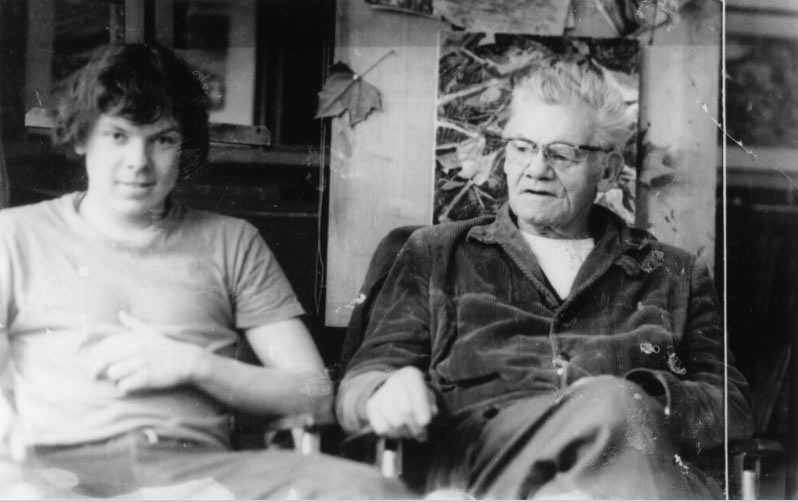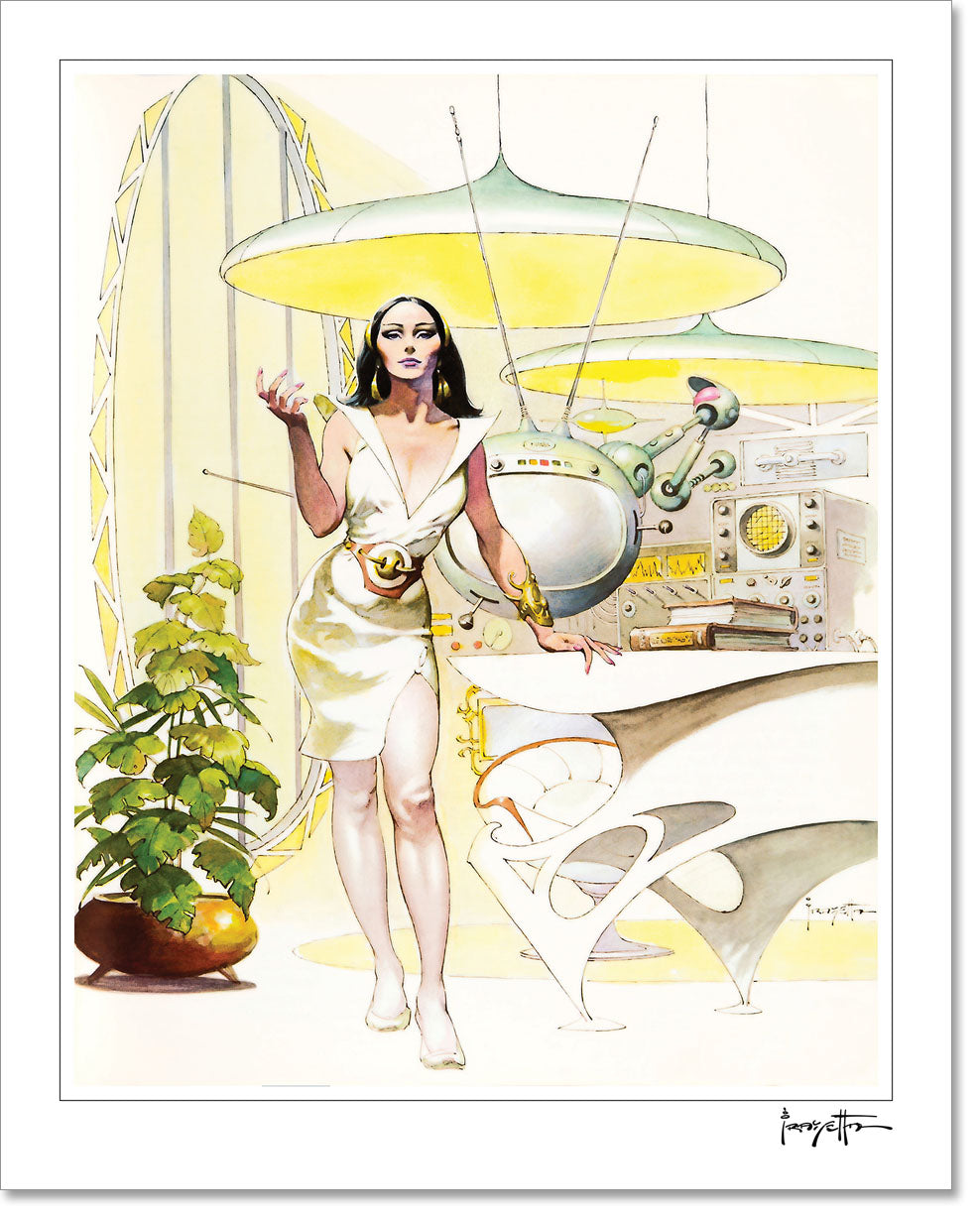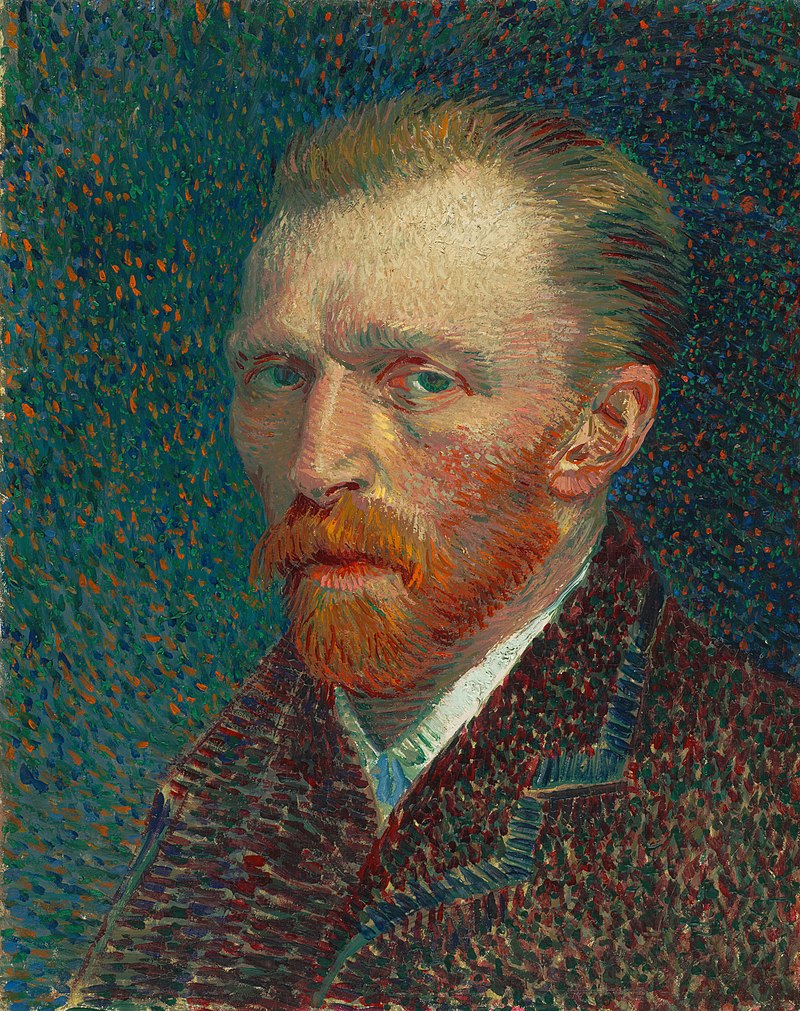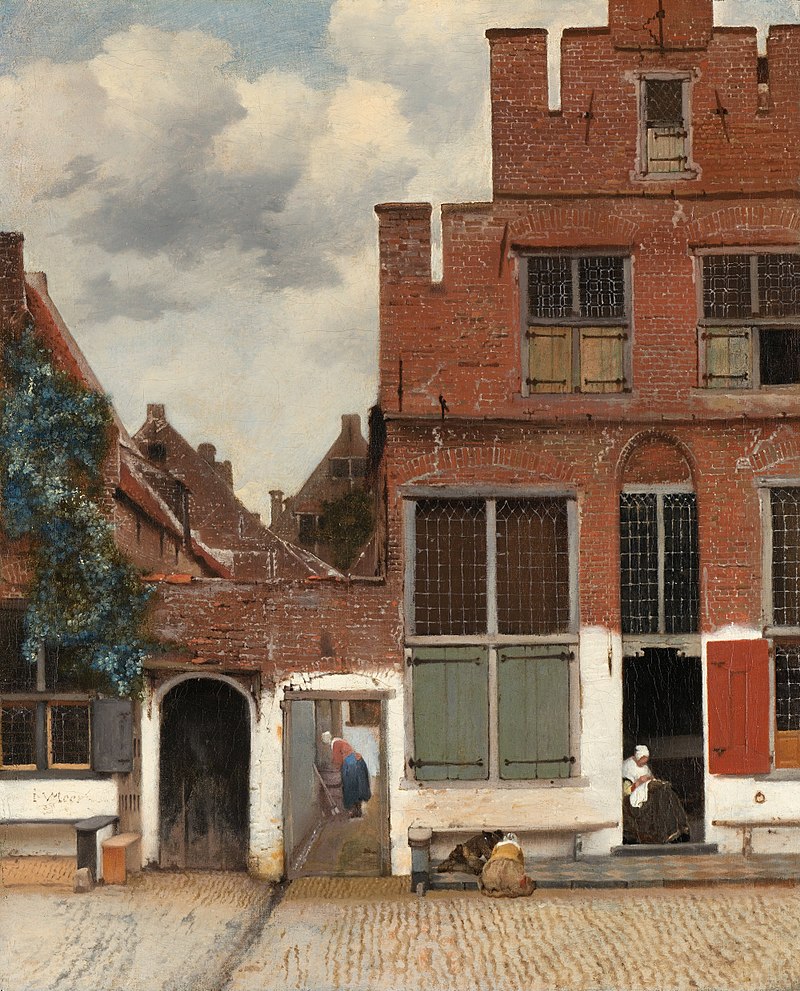Thanks Markk! Very interesting. Maybe I'm being too hard on Thomas Kinkade.Markk wrote: ↑Thu Mar 20, 2025 4:54 pmThe more I look at his early stuff, I see a different artist. I think that this is worth a dive.huckelberry wrote: ↑Thu Mar 20, 2025 4:11 pmPardon me please as I step in with an odd aside. I do not see Kincade as a sell out as I see no indication that he had anything to present but what he does, take or leave it. It is sweet and the lights glow.
I have a puzzle about Kinkade. I have a distinct memory of seeing paintings of sweet cottages with glowey lights in a little gallery Cannon Beach Oregon in 1970. I was struck with the thought, gee the lights glow. What I remember was so like Kinkade that I have long assumed I saw early Kinkades before he became famous. I looked Kinkade up in Wikipedia and found he was too young to have made the paintings I saw. I am inclined to think what Kinkade created or helped create(or was used by?) was the marketing system that allowed him to spread his not very original work to wide audiences.
Photo above: Thom and his Mentor, Glenn Wessels
In Placerville, he was a boy with crayons, a kid who could draw. He was also the local newspaper delivery boy, an avid swimmer and loyal friend. As a child he constantly read biographies of artists, including those of painters and illustrators like Norman Rockwell, Maxwell Parrish and Howard Pyle. At age 11, he had his first "apprenticeship." Charles Bell, a local painter, instructed him in basic techniques. It was that year that he sold his first painting for $7.50. The woman who bought it remembered thinking at the time, I'd better hold onto this picture. In high school, Kinkade came face to face with twentieth-century modernism in the person of Glenn Wessels, a former professor in the art department at the University of California. Wessels encouraged Kinkade both to tie his art more directly to emotion (rather than observation alone) and to experiment with highly personal forms of expression. He also influenced Kinkade's decision to attend the University of California at Berkley, where he enrolled in studio art and art history classes with a vision of himself as a counterculture nonconformist who would use his art to change and challenge convention. But Berkley in the 1970's gave Thom a culture shock of his own. He discovered he was indeed a nonconformist in his dislike of their system of art education. "My professors would say art should be all about you," Kinkade recalls. "That's a very self centered approach." After two years of frustration, Thom decided it was time to move on and he transferred to the Art Center College of Design in Pasadena. The fierce competition with other students pushed him to an intensive development of techniques for creating effects of light and mood. His work at the Art Center helped him to get hired to paint backgrounds-700 of them-for Disney's Hollywood animation studios on the animated film Fire and Ice. After one year he decided to move on
I would love to know Andy Warhol's thoughts on Thomas Kinkade. Warhol would probably have loved the idea of someone out there like Kinkade who was making art accessible. Warhol is rumored to have loved McDonalds, not the food, but the idea of McDonalds because the most powerful and wealthy person in the world would get the same treatment and the exact same hamburger/meal as poor person would get.













